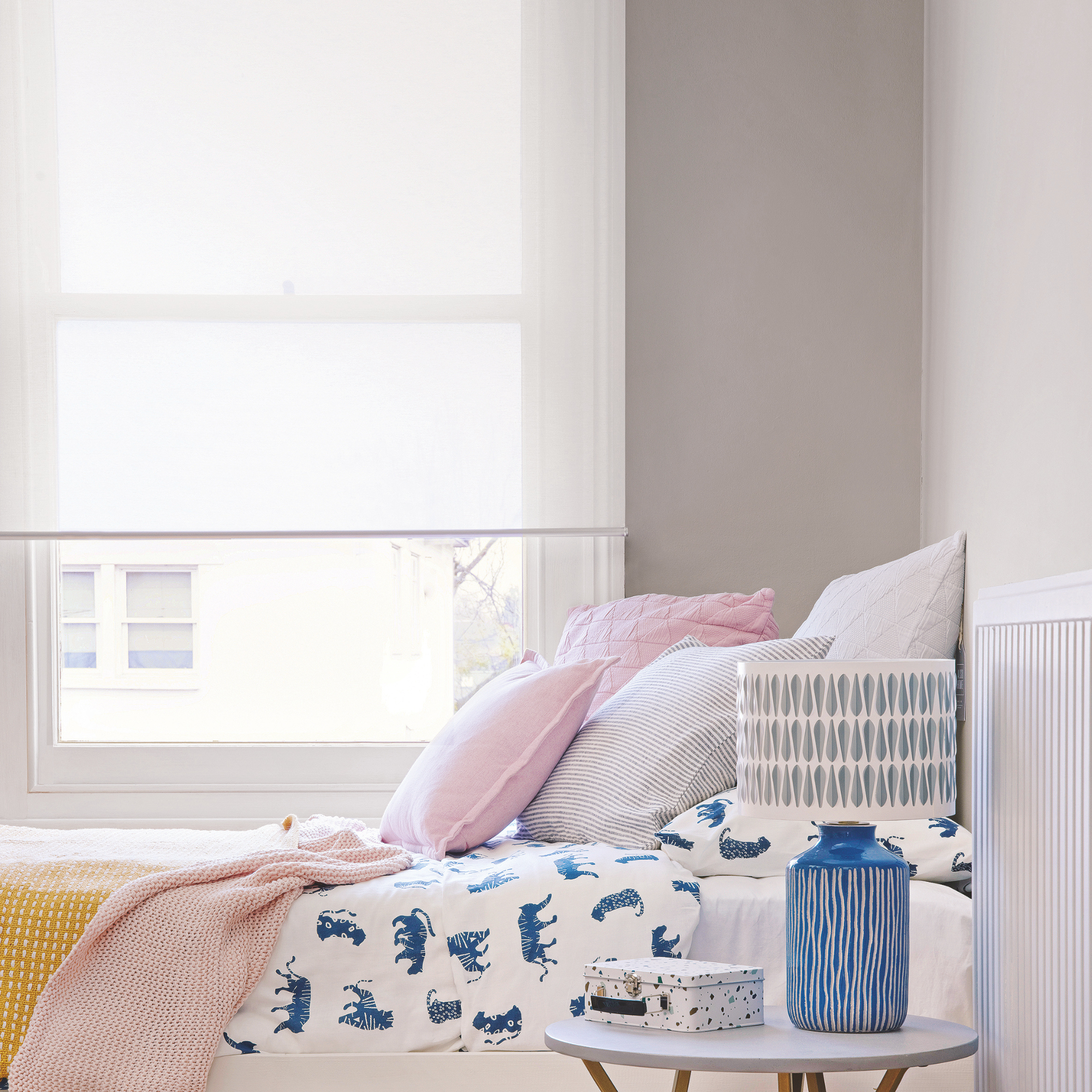How much does it cost to run an electric blanket? Here's what you need to know
We've done the maths to find out just how much running your electric blanket costs


This article has been updated to show the new cost to run based on the January 2025 Energy Price Cap. It has also been fact-checked and any out-of-date information removed.
As temperatures drop we're all looking for ways to stay cosy, and investing in an electric blanket might suddenly seem like a very good way to beat the chill. However, as energy bills increase (again) just how much does it cost to run an electric blanket?
After all, there are all sorts of things you might want to consider when shopping for the best electric blanket, and energy usage is one of them.
We've done the sums using the energy price cap figures to work out just how much this winter warmer costs to run. That way you can decide if an electric blanket is an economical way to keep those toes toasty and save energy at home this winter.

How much does it cost to run an electric blanket?
As of January 2025, the average price of electricity is 24.86p per kilowatt hour (kWh) according to Ofgem's latest price cap data.
To calculate how much an electric blanket costs to run, first you need to know its wattage. Most double electric blankets use around 150W, but smaller and less powerful electric blankets can use as little as 60W. You can usually find this information in the electric blanket's product description if you're shopping online, on the box, or in the instruction manual if you're shopping in-store.
Once you know the blanket wattage you can use this formula to work out how much it will cost to run per hour.
We've used the January 2025 figures for our calculations. However, it's worth noting that how much you pay per unit of electricity can differ by energy provider and the tariff you're on. You can find out the exact unit price you pay for your electricity on your energy bill.
Sign up to our newsletter for style inspiration, real homes, project and garden advice and shopping know-how
1. Find the wattage of the blanket - eg 150W
2. Divide by 1,000 to turn the W into kilowatts - eg 150/1,000 = 0.15kWh. This then gives you the kilowatt hours if the blanket is used on full power for 1 hour.
3. Multiply the price per kilowatt hour of electricity - eg 0.15 x 0.2486p = 0.037p
That means a 150W electric blanket will cost just under 4p per hour to run.
If you compare that to how much it costs to run an electric heater (around 49p per hour) you'll see that wrapping yourself up in an electric blanket can be a cost-effective solution for staying warm this winter.
And the good news is that the exact same formula applies to working out the cost to run of a heated throw – if you're not sure on the difference, our guide to electric blankets vs heated throws explains all.

FAQs
How much does it cost to run an electric blanket for an hour?
As you'll see from our calculations above, it costs just under 4p an hour to run a 150W electric blanket for an hour if your electricity costs 24.86p per kWh.
If the wattage of your electric blanket is less, for instance, the a double of the budget Silentnight Comfort Control electric blanket uses only 70W of electricity, then the price to run will be cheaper still. In this case the cost to run the electric blanket would be under 2p per hour.
How much does is cost to run an electric blanket for 12 hours?
Once you've worked out how much it costs to run your electric blanket for one hour using the formula above, you can then work out how much it will cost to run for a longer time period.
For example, the 150W electric blanket costs just under 4p per hour to run, will cost 44.7p to run for 12 hours.

What energy saving features should I look for when buying an electric blanket?
If how much your electric blanket costs to run is important to you then there are some features it's well worth looking out for to ensure running costs are kept as low as possible. These are the things we wish we'd known before buying an electric blanket.
1. Temperature sensors
These detect the temperature of the room and your body and adjust the heat of the blanket to suit. This means it won’t use extra energy by heating up more than you need.
2. Timer
Although you can sleep with an electric blanket on all night, a blanket with a timer will save you money. ‘Look for an electric blanket with an auto shut-off timer so you won’t be wasting energy if you fall asleep or forget to turn it off,’ advises Jacqueline from Dreamland.
3. Dual controls
Rather than just one control, some electric blankets have two. This means you can adjust each side of a double blanket separately to save energy. They’re perfect for when one half of a couple prefers a cooler setting or one is away and there’s no need to heat the whole bed.
4. Variable heat settings
Look for an electric blanket with different heat settings so it’s more economical to have on for longer periods of time at low heat.

How can I cut the cost of running an electric blanket?
The way that you use your electric blanket can also make a difference to how much it costs to run. These are our top tips for saving energy and making your smart meter happy.
- Choose low and slow Set the timer for your electric blanket to come on in advance. This means you can choose a lower heat that uses less energy. This way how much does it cost to run an electric blanket will be lower than opting for a blast of full power 10 minutes before you slide under the sheets
- Test and adjust Only turn up your electric blanket from a low setting when you’re not warm enough. Not only is this a good way not to waste excess heat, it’s easier to make a bed warmer than it is to cool it down.
- Turn down your thermostat Most electric blankets cost very little to run so they’re a good choice for cold nights instead of cranking up the central heating. ‘If you’re looking to reduce costs, use your electric blanket to warm your bed and turn down your thermostat as your bedroom will not need as much heat,’ says Sally Bonser from Silentnight. The Energy Saving Trust estimates that turning down your main thermostat by just 1 degree could save around 10% on your energy bill.
- Store it safely The small wires inside an electric blanket can become damaged if you fold it up when it’s not in use, meaning it won’t work as efficiently. Rather than fold, roll the blanket up for storage. There are plenty of bedroom storage ideas to help you find a space to stow the blanket when not in use.

Rachel Ogden is a freelance journalist with more than 20 years’ experience of writing, editing and sub-editing. Since 2007, she's worked exclusively in interiors, writing about everything from extending your home to kitchen worktops, flooring, storage and more. She specialises in product reviews, having reviews hundreds of small and large appliances and homeware.
- Amy LockwoodSleep Editor
- Millie HurstSenior Content Editor